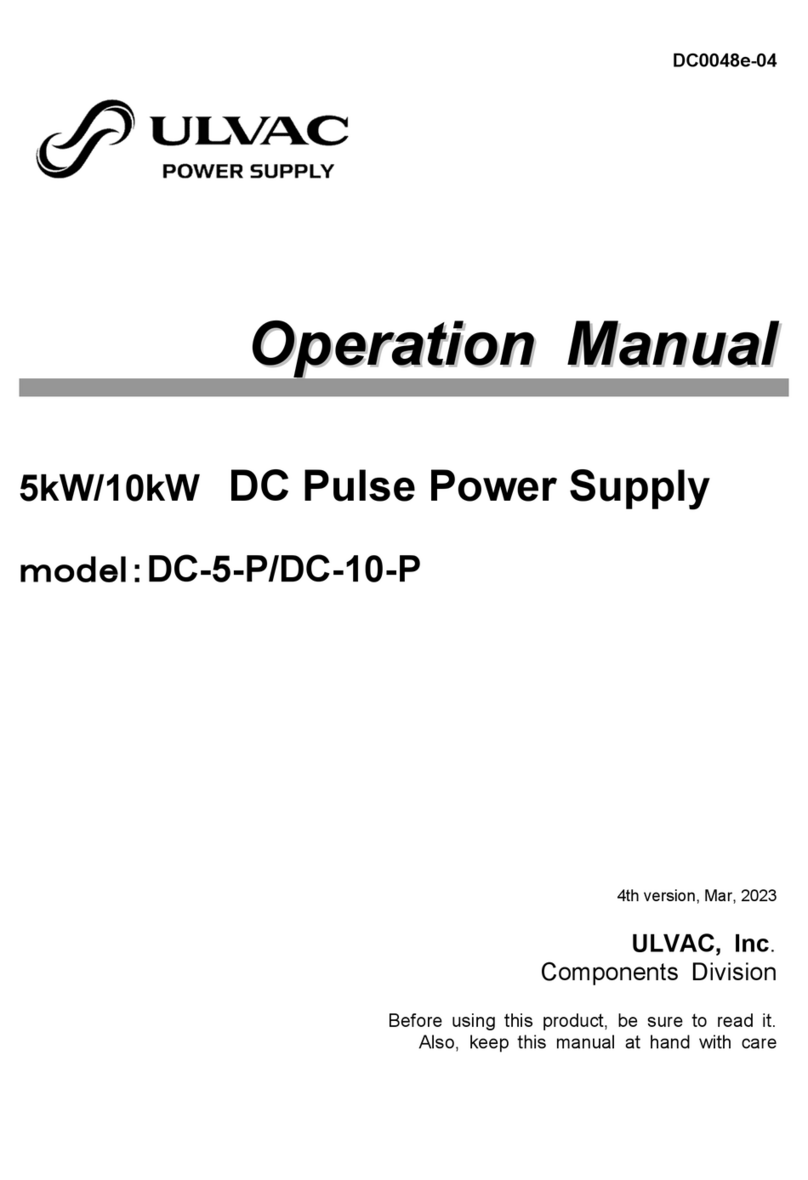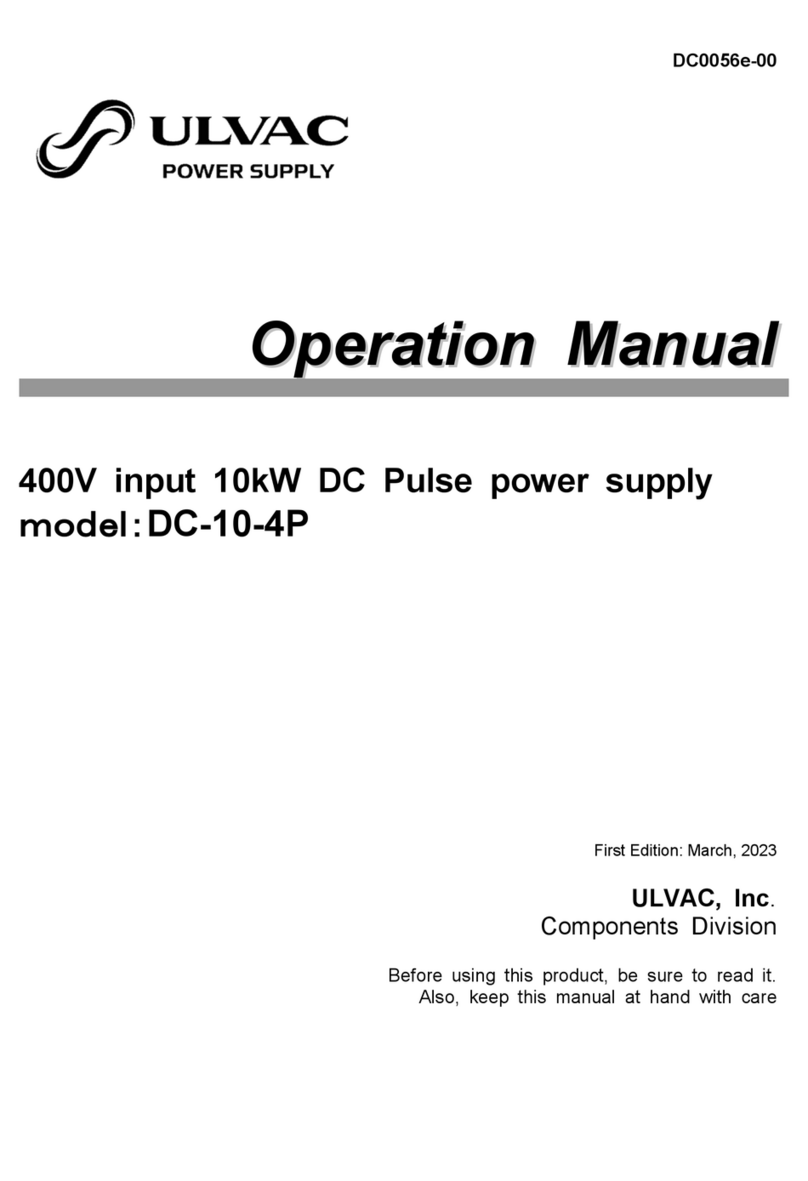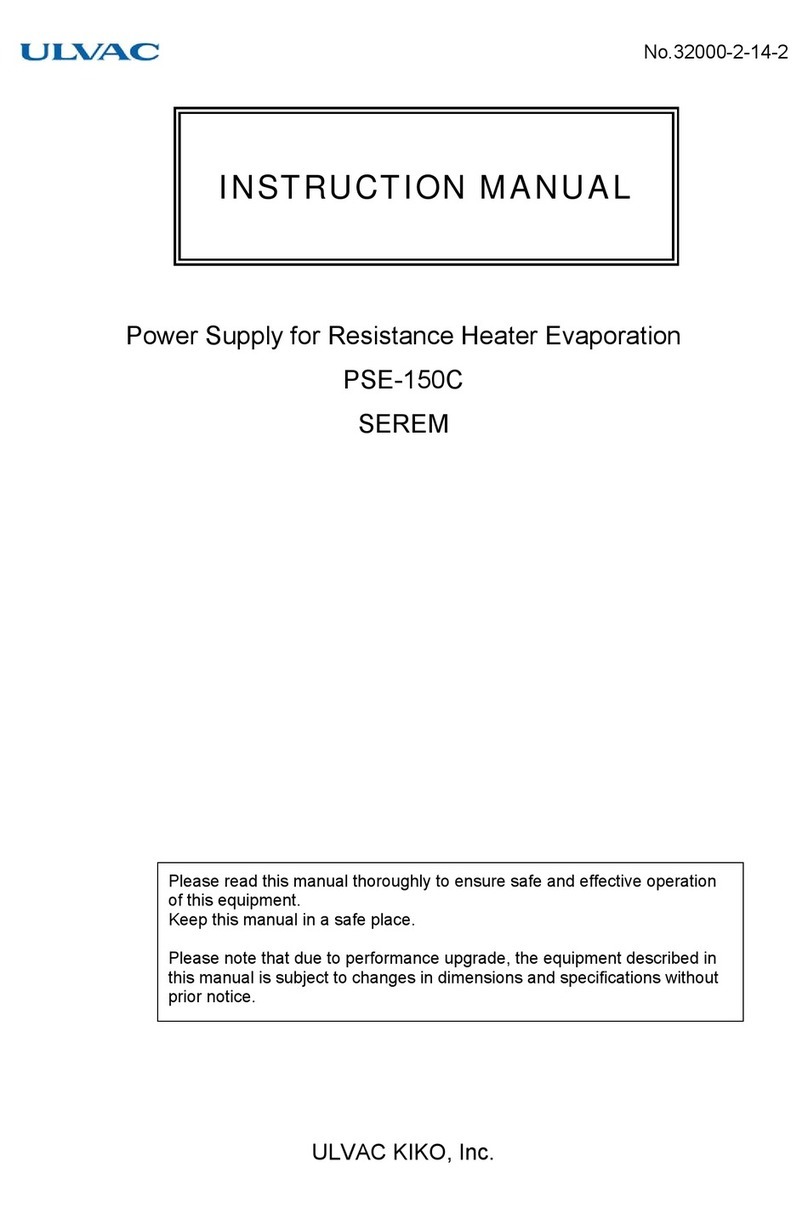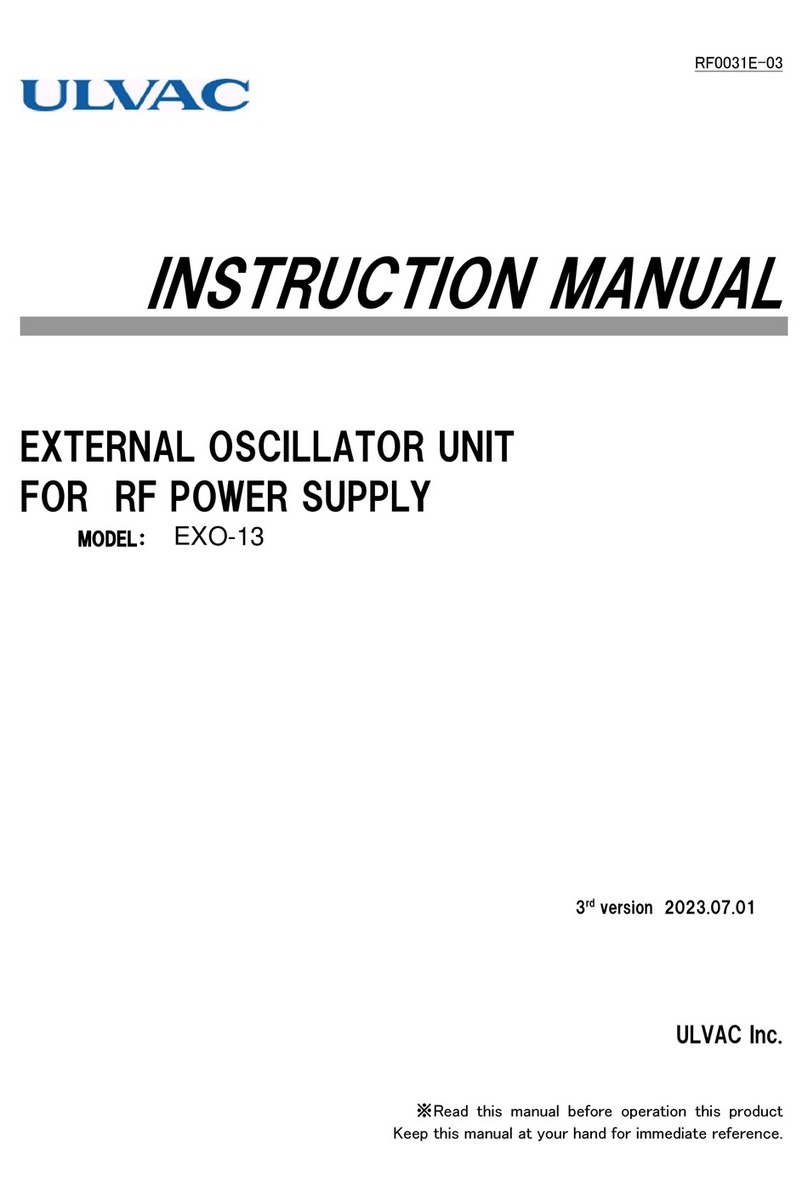Table of Contents
1. For Safe Operation............................................................................................................................................................................. 1
1-1. Precautions when handling the system ............................................................................................................................ 1
1-2. Warning label/nameplate locations..................................................................................................................................... 2
1-3. Contact information.................................................................................................................................................................. 2
2. Overview................................................................................................................................................................................................. 3
2-1. Introduction.................................................................................................................................................................................. 3
2-2. Features ........................................................................................................................................................................................ 3
2-3. Configuration............................................................................................................................................................................... 4
2-4. Specifications.............................................................................................................................................................................. 6
3. Setup......................................................................................................................................................................................................21
3-1. Accessories ...............................................................................................................................................................................21
3-2-1. Installation and drilling rack holes...........................................................................................................................22
3-2-2. RF power supply mounting structure.....................................................................................................................22
3-3. Matching box installation......................................................................................................................................................23
3-3-1. Matching box installation location...........................................................................................................................23
3-3-2. Installation ........................................................................................................................................................................23
3-4. Automatic matching controller installation....................................................................................................................23
3-5. System wiring............................................................................................................................................................................24
3-5-1. Connecting cables .........................................................................................................................................................24
3-5-2. Input power supply wiring ...........................................................................................................................................26
3-5-3. Connecting the ground terminal...............................................................................................................................27
3-5-4. Connecting the water cooling tube.........................................................................................................................28
4. Functions..............................................................................................................................................................................................29
4-1. RF power supply ......................................................................................................................................................................29
4-1-1. RF power supply part names and functions........................................................................................................29
4-1-2. Control panel functions and explanations............................................................................................................30
4-1-3. Measurement display....................................................................................................................................................31
4-1-4. Protective functions.....................................................................................................................................................31
4-1-5. External control terminal pin assignments...........................................................................................................32
4-1-6. Caution when using the external control terminal (INTERFACE)...............................................................35
4-1-7. RF power supply parameters ....................................................................................................................................36
4-2. Automatic matching controller functions.......................................................................................................................38
4-2-1. Automatic matching controller part names and functions ............................................................................38
4-2-2. Control panel functions and explanations............................................................................................................39
4-2-3. Automatic matching controller AMC.EXT pin assignments ..........................................................................40
4-2-4. Automatic matching controller PRESET pin assignments.............................................................................41
4-2-5. Caution when using the external control terminals (AMC.EXT/PRESET)..............................................44
4-2-6. Matching controller parameters...............................................................................................................................45
5. Operation.........................................................................................................................................................................................46
5-1. Operating the RF power supply .........................................................................................................................................46
5-1-1. Setup before operation................................................................................................................................................46
5-1-2. Local operation method (panel operation)...........................................................................................................47
5-1-3. Remote operation method (external control) .....................................................................................................49
5-1-4. RF output timing.............................................................................................................................................................50
5-1-5. Measurement value display........................................................................................................................................51
5-2. Automatic matching controller operation ......................................................................................................................52
5-2-1. Local operation method (panel operation)...........................................................................................................52



































